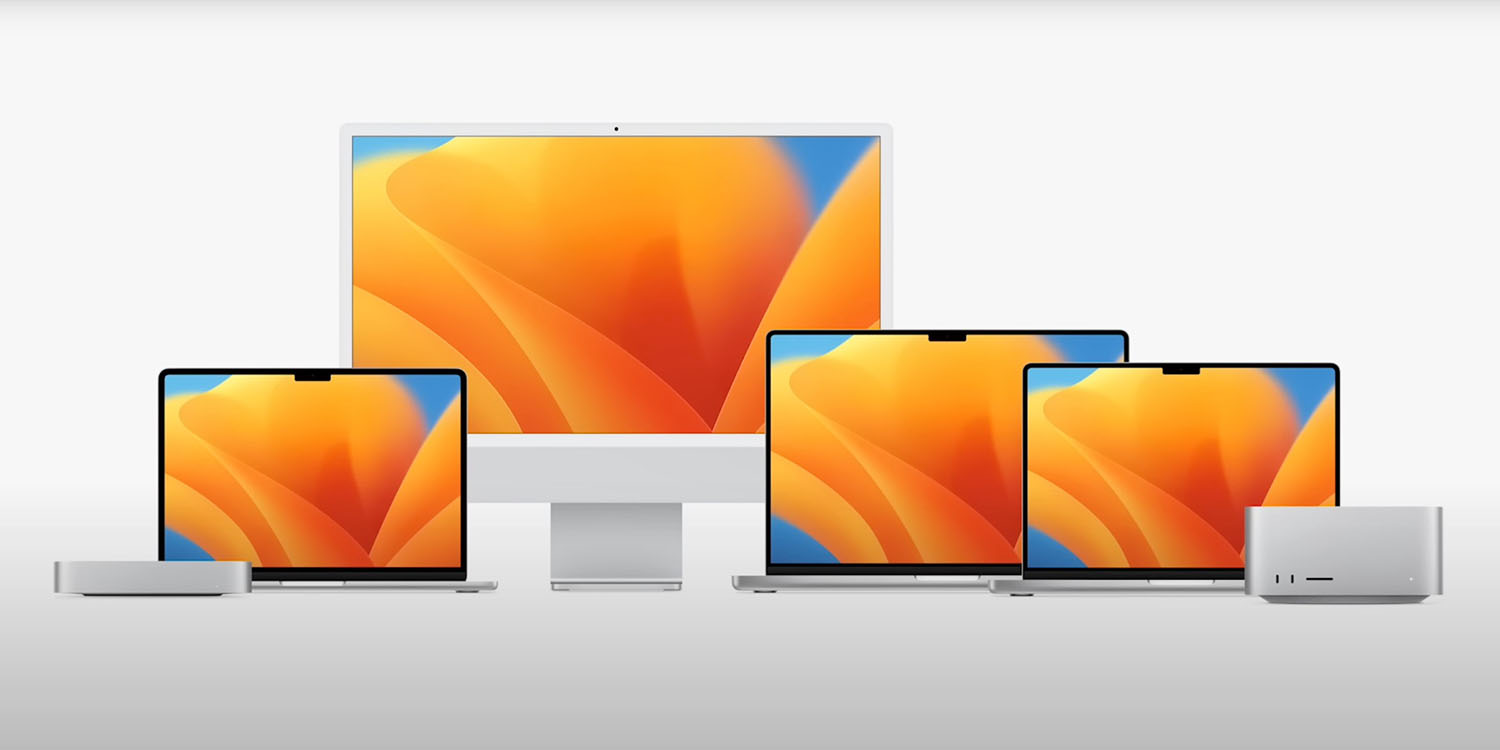
Apple chip designer Tim Millet implied in a new interview that annual updates – or something close to this – are likely to be the norm for future Macs.
He talked about the company’s original goals for the development of the M1 chip, and how Apple is approaching work on each successive generation of Mac chip …
Millet and marketing VP Bob Borchers sat down with TechCrunch’s Matthew Panzarino. The interview opens with Millet talking about the desire to completely reset expectations about what a laptop and desktop processor could achieve.
Millet has been building chips for 30 years and has been at Apple for nearly 17. He says that with M1, Apple saw an opportunity to “really hit it.”
“The opportunity we had with M1 the way I looked at it, it was about resetting the baseline.”
He talks in diplomatic terms about Intel, but it’s clear that the company had felt frustrated at the incremental gains offered by each generation, and the fact that they could only operate on the chipmaker’s timeframe.
It was, he said, the power of the iPad Pro which had them see just how much could be possible.
“Once we started getting to the iPad Pro space, we realized that ‘you know what, there is something there.’ We never, in building the chips for iOS devices, left anything on the table. But we realized that these chips inside these other enclosures could actually make a meaningful difference from a performance perspective. And so with M1 we were super excited about the opportunity to have that big impact — shifting all of it back up to redefining what it meant to have a laptop in many different ways.”
Apple is taking that same approach to each successive generation of chip.
“The M2 family was really now about maintaining that leadership position by pushing, again, to the limits of technology. We don’t leave things on the table,” says Millet. “We don’t take a 20% bump and figure out how to spread it over three years…figure out how to eke out incremental gains. We take it all in one year; we just hit it really hard. That’s not what happens in the rest of the industry or historically.”
While not directly contrasting that with Intel’s approach, the implication is clear.
Millet also notes that Apple is in the unique position of being able to work hand-in-hand with hardware and software teams when designing the chips. He knows what the goals are with each new generation of Mac, so can design the chips to meet those goals – whether it’s video encoding speed or maximum performance from a fanless MacBook Air.
Borchers adds that this is a very different approach to getting a chip from a third-party vendor, and offering feedback on what they’d like from the next generation.
I think that the big difference here is that we move from having a feedback loop to co-creation, where there isn’t a feedback loop…You [just] sit down at a table and push each other. Okay, well, what if we got rid of the fan?
Top comment by Tim
"Apple has historically updated the iPhone every year, but been a lot more random in the timing of Mac updates. Miller says that Apple being in control of its own chip-development schedule will see that change for future Macs."
Except with Apple Silicon they kinda even made it WORSE and not better. There is basically no scheme whatsoever. The MBA and 13" MBP got their upgrade after 18 months, the MBP then got their upgrade super randomly after 14 months in January, the Mac mini was over 2 years between upgrades, the iMac still hasn't an M2 etc.
It's just super random and you basically can never tell when to buy a new machine because they could release the successor literally tomorrow. Which is the complete opposite of the iPhone.
Apple has historically updated the iPhone every year, but been a lot more random in the timing of Mac updates. Miller says that Apple being in control of its own chip-development schedule will see that change for future Macs.
“We don’t want to leave Mac users wondering ‘Do they not care about us? A new phone shipped last year. Why didn’t the Mac get the love?’ We want to reset to the technology curve and then we want to live on it. We don’t want the Mac to stray too far away from it.”
One criticism levelled at Macs is that they remain unsuitable for gaming, even with the very latest M2 chips. Millet acknowledges this, and says that Apple isn’t going to AAA gaming overnight – but it will get there.
Gamers are a serious bunch. And I don’t think we’re going to fool anybody by saying that overnight we’re going to make Mac a great gaming platform. We’re going to take a long view on this.
But he said part of the issue is that developers need to think about the Mac architecture in a new way.
Game developers have never seen 96 gigabytes of graphics memory available to them now, on the M2 Max. I think they’re trying to get their heads around it, because the possibilities are unusual. They’re used to working in much smaller footprints of video memory. So I think that’s another place where we’re going to have an interesting opportunity to inspire developers to go beyond what they’ve been able to do before.
The full interview is well worth reading.
FTC: We use income earning auto affiliate links. More.





Comments